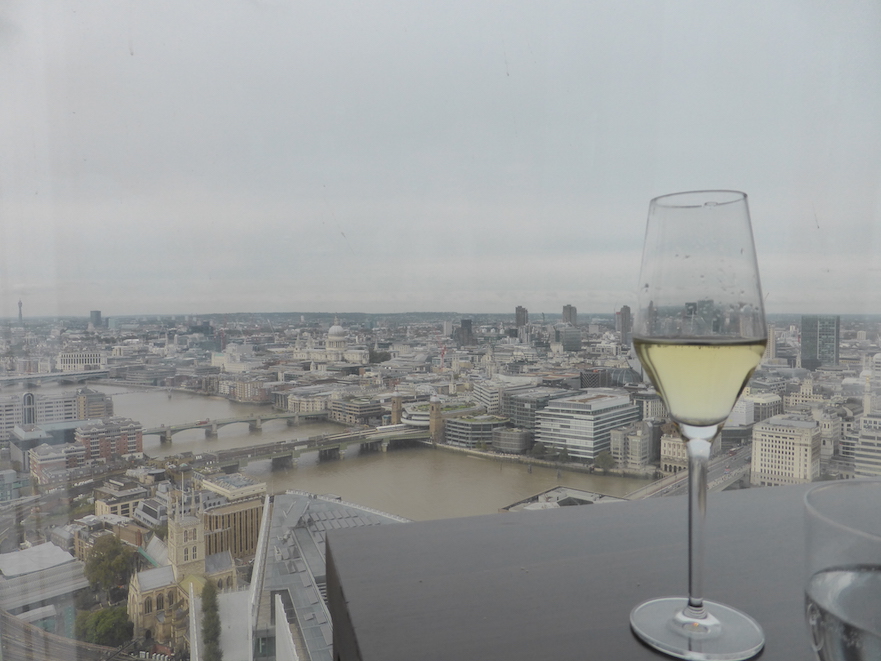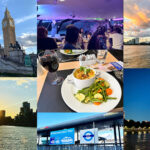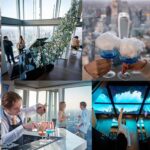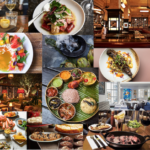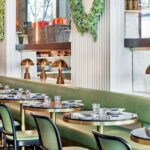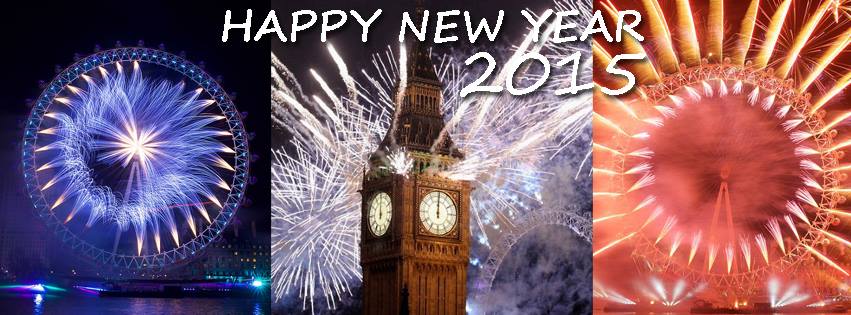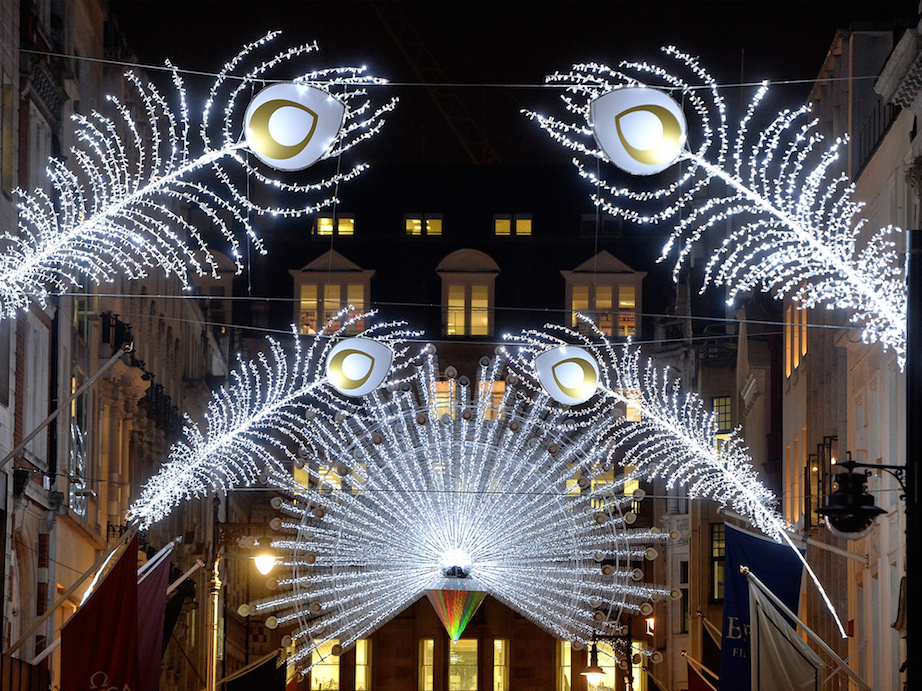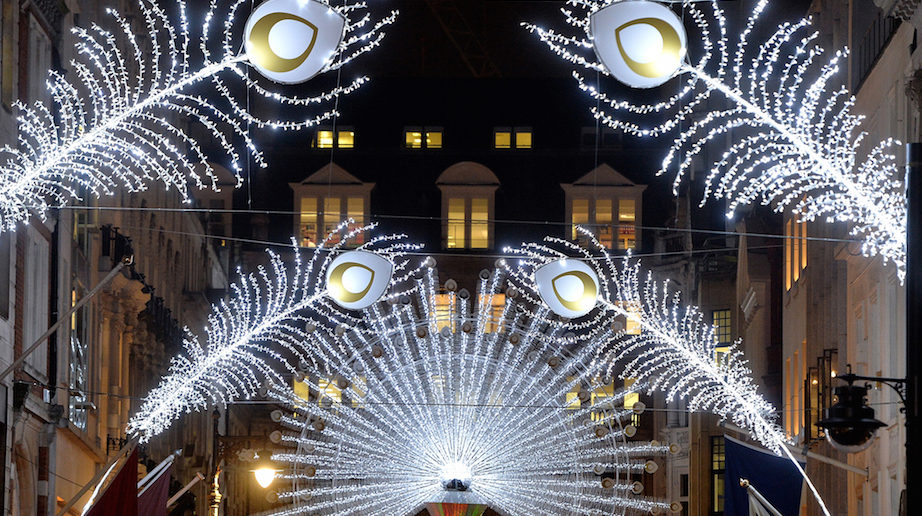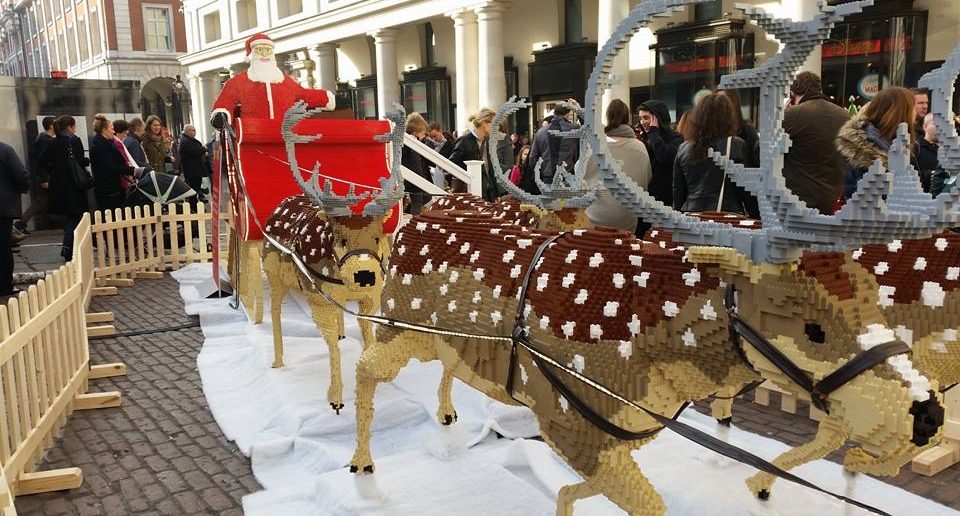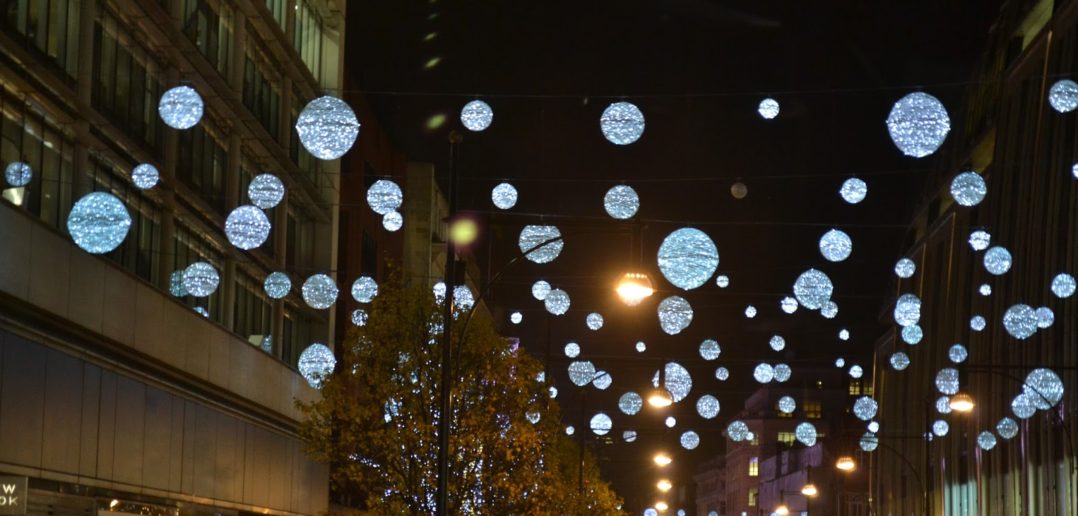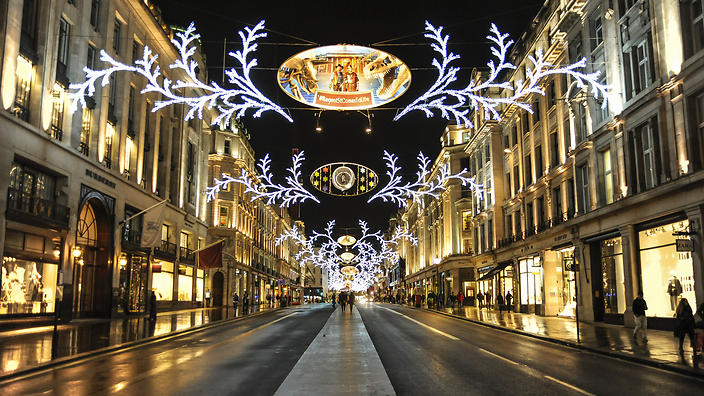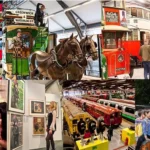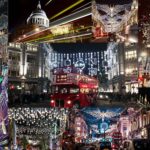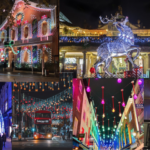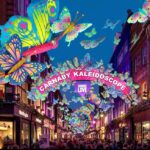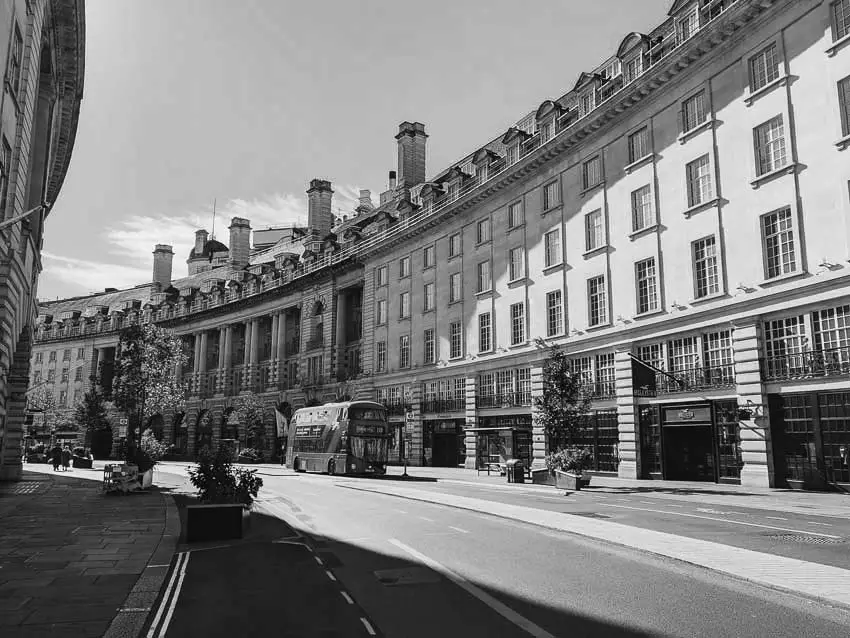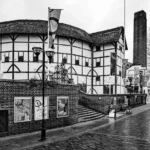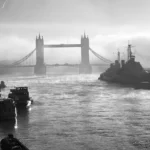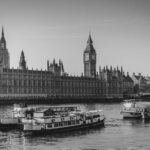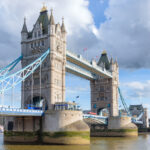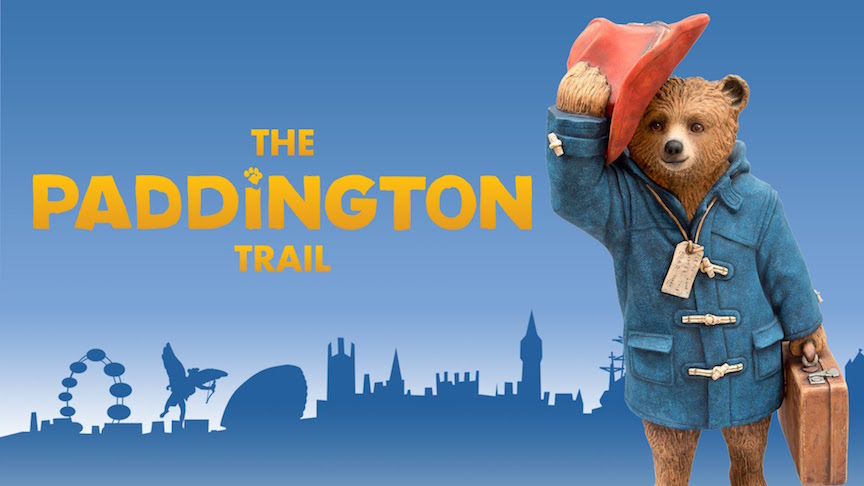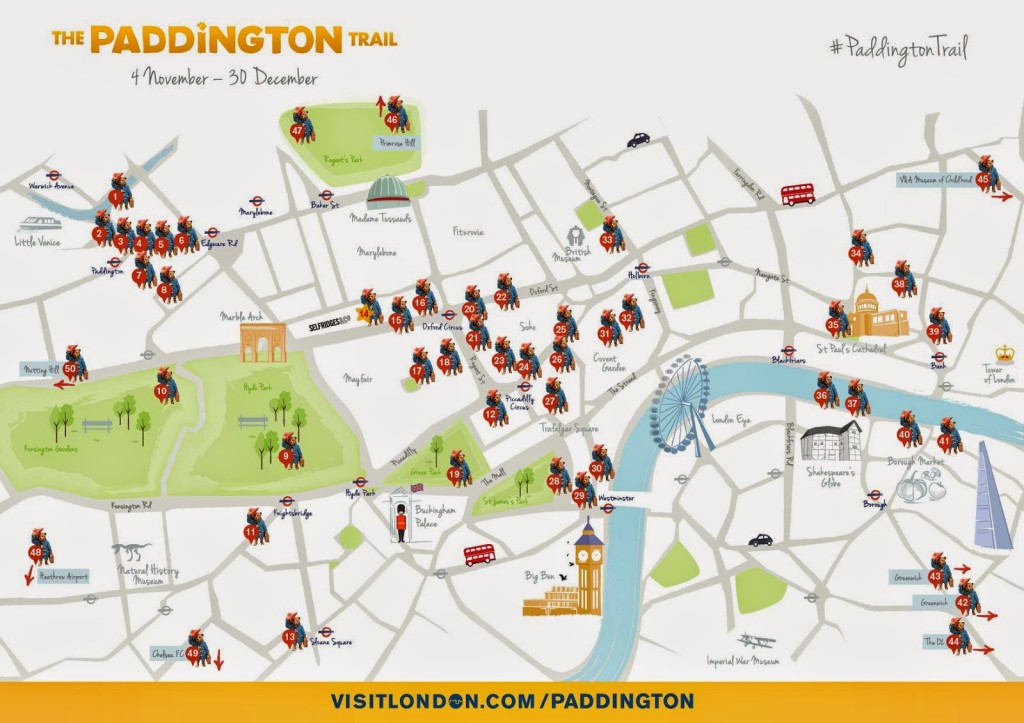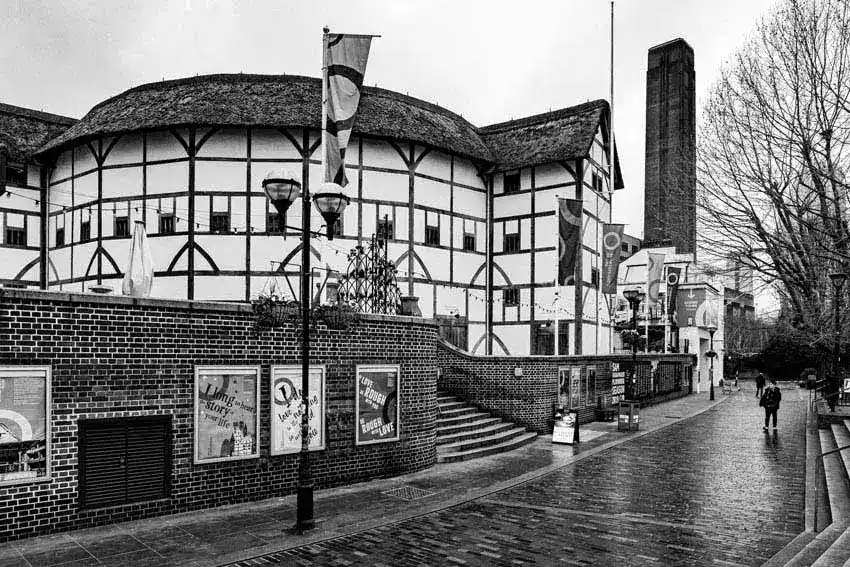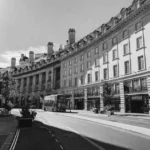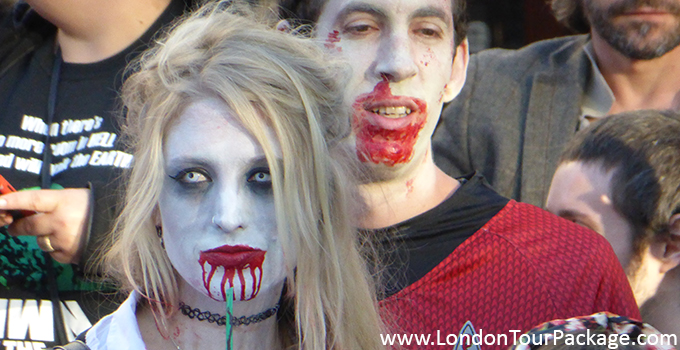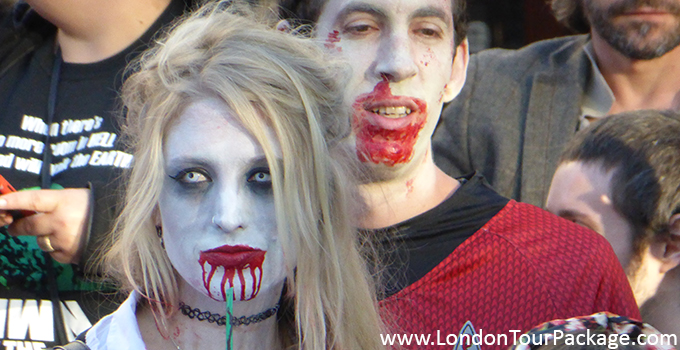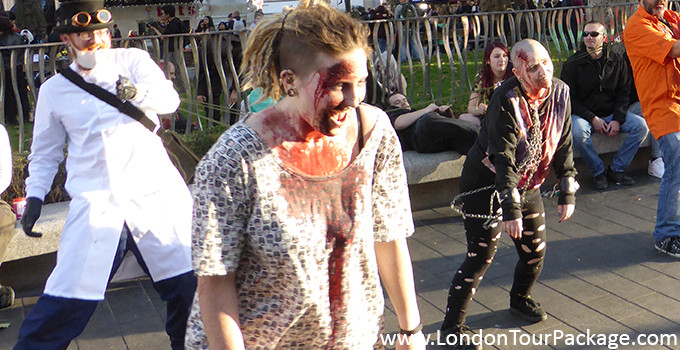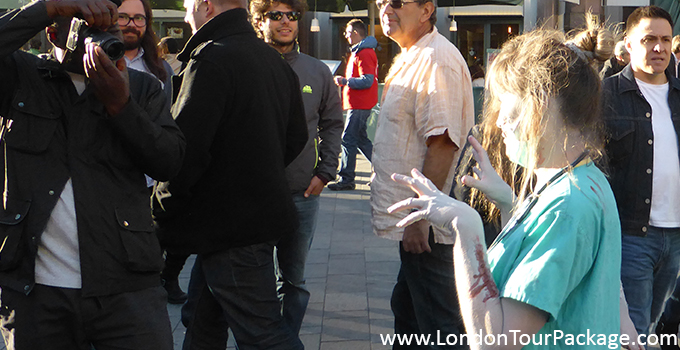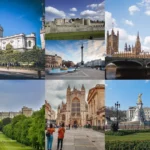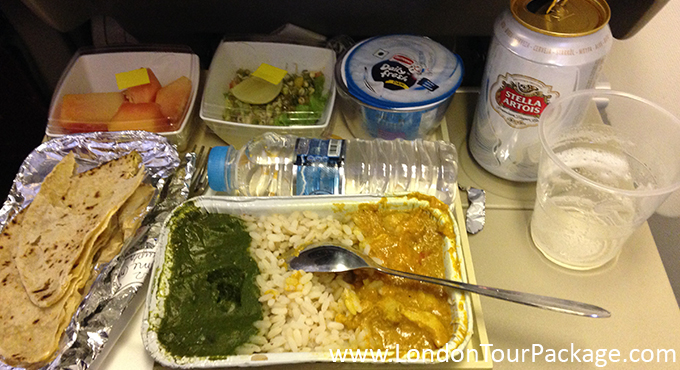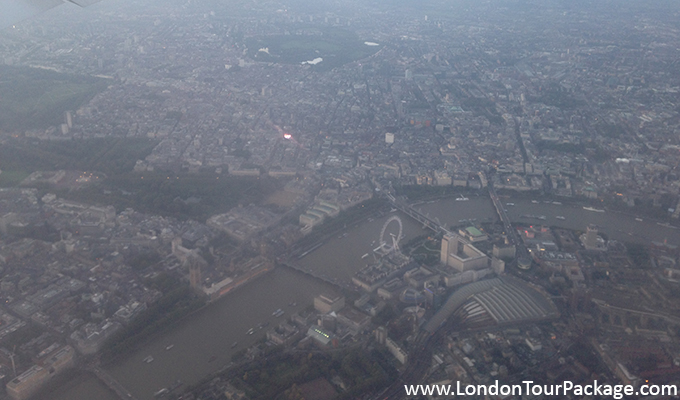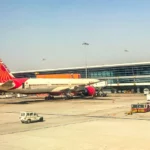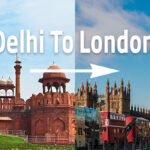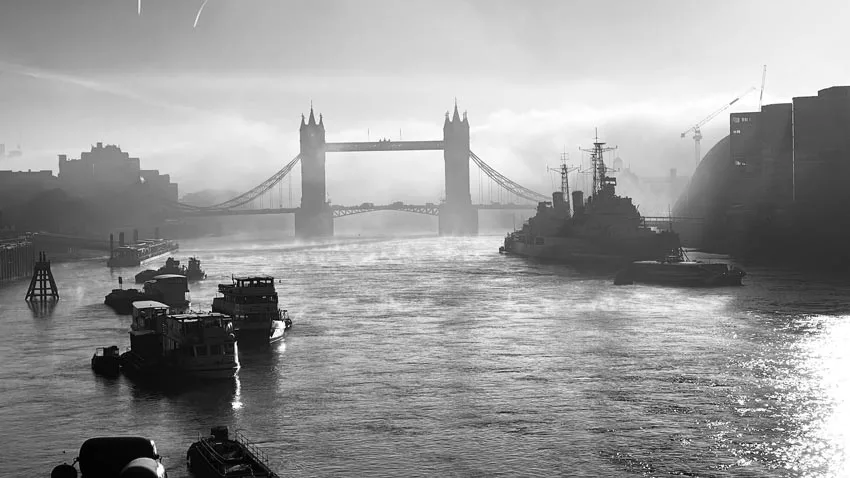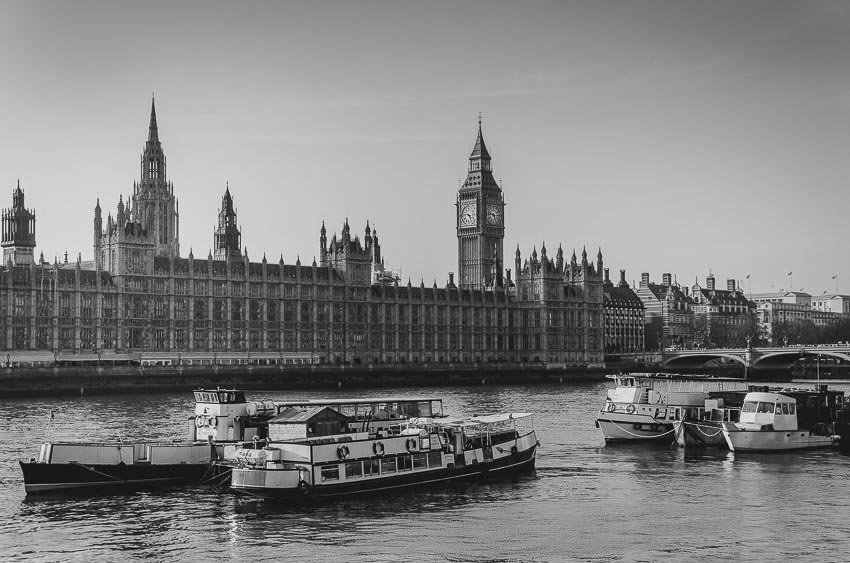Today I am writing about my Experience in “The Oblix” Restaurant situated on the 32nd floor of The Shard” First of all wish you all a very Happy New Year. This is my second blog post of 2015. Hope all of you had a great start to the New Year. People, who celebrated their New Year in London, hope you had an awesome and memorable time. I am writing this blog pretty late, but never the less it’s always fun to write about my experiences while travelling to London and find the best packages available for travel to London for you all.
The Shard, London Bridge Street
Recently the shard has become a popular name with the London tourist. And I must say it stands for its reputation by a mile. I went to The Shard last October for lunch with one of my close friends. Travel in London, is, as usual, smooth and by underground trains, the commute is much easy to any part of London. The nearest tube station to The Shard is London Bridge.
-
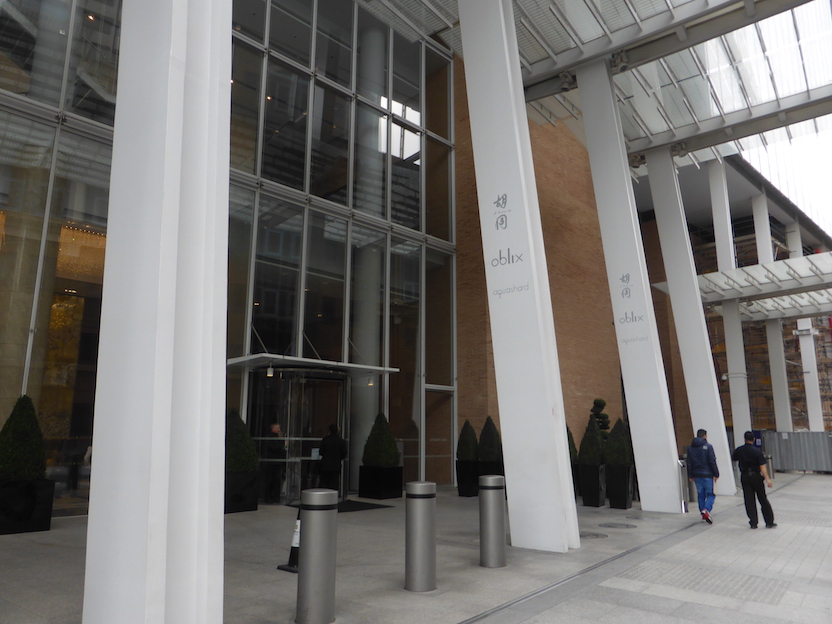
The Shard Restaurant Entry gate
It was not a very cold day, but surely a dull one as usual weather in London can be spoiled sometimes. But this didn’t stop us to go to the shard for lunch that day. We went on 12th October 2014 and thankfully it was Sunday. Though tourist places in any city will get busy and crowded luckily we got the tables.
Make sure if you plan to go for lunch in The Shard book your table in advance, as they accept visitors who have already booked the table. Well, it’s always a good idea to book the table in advance so that you get a good bird’s eye view of the city and surely you wouldn’t want to sit next to a pillar, now would you? You have about a 5-7 minute walk from London Bridge station to the Shard. While you are walking towards The Shard, Thames River and Tower Bridge will be on your left. Once you reach The Shard you will see two entry points. First, you will come across The Shard Viewing Gallery by which you can go to the 72nd floor of The Shard. Essentially you will be on the topmost floor of the building and solely for spectacular viewing of London City. You can also book the “Skip the line: The view from the Shard direct entry ticket” if you wish to go straight to the 72nd floor for the breathtaking view of the city.
Oblix at the Shard
As we booked our lunch at Oblix at the Shard we went passed by the Viewing Gallery gate and took a left turn for the entry to the Restaurants on the 32nd Floor.
-
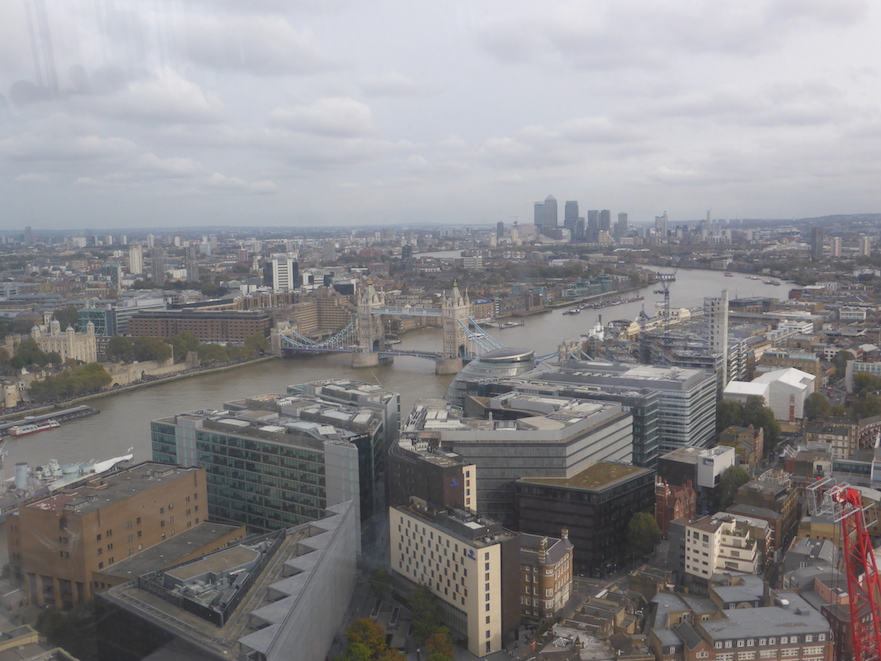
View of Tower Bridge from Oblix the Shard
Once you reach the 32nd floor you are welcomed at the Restaurant gates and asked for your name and table booked. You can then drop your overcoats/jackets at the cloakroom and are then escorted to your table. All this was a very warm and welcoming experience for both of us and were delighted and staggered by the views which we saw from our eyes. We were lucky enough to get the table next to the glass wall and opposite St Paul’s Cathedral. The view from the Shard was mesmerising and equally scary.
Food and Tasting Experience at the Oblix
After ogling over the view for 10 minutes or so the waiter came in and asked for our order and we ordered what we felt we had the appetite for and was worth giving a try on. Sparkling water, bread loaf and butter came as a welcome starter. From the menu as a starter, we ordered Grilled diver scallops, peanut, lime & tamarind cream(£ 16.50) and Burrata, olives & datterini tomatoes (£14.50). And a bottle of nice sparkling champagne. It was a perfect start to our lunch and it went on well. Our taste buds were teased and we then ordered the main course. For the main course I was craving some chicken so I went with the chicken meal and my friend went with the fish meal.
-

Grilled Diver Scallops, Peanut, Lime & Tamarind Cream – Starter
-

Burrata, Olives & datterini tomatoes – Starter
-

Rotisserie chicken, skordalia & rosemary – Main Course Meal
-
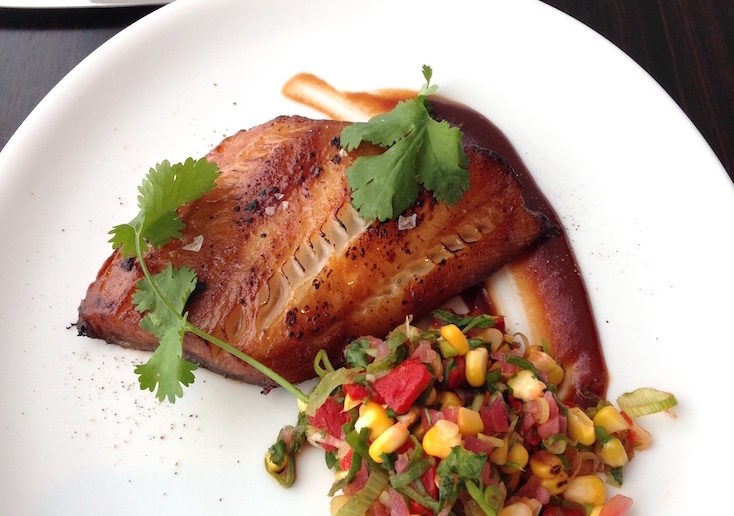
Bbq black cod & coriander salsa – Main Course
I must say our main course meals were delicious, we ordered Rotisserie Chicken, Skordalia & Rosemary for £ 19.50 GBP for myself and my friend ordered BBQ Black Cod & Coriander Salsa for £ 31 GBP. We had a perfect day out lunch and was worth the visit. The views were staggering and on top of that, the meal was incredibly delicious.
On the other side of the restaurant, there was another good restaurant named Aqua, which we didn’t, have a chance to go to. But I did sneak in to get a glimpse of the other side of the shard. And my god the views were even better. On a sunny day and clear skies, you can see people walking on the Tower Bridge and the view was the best I have come across on that day. I took some pictures and then I took off. So to conclude if you plan to see the Tower Bridge side go to Aqua and if you want to see the St Paul’s Cathedral side of London then go to Oblix. But this would be unfair not to talk or compare who serves better food between the two. For that comparison, you will all have to wait till I go to the Aqua. Do let me know if you like what I write by leaving some comments on the articles. Ciao!

